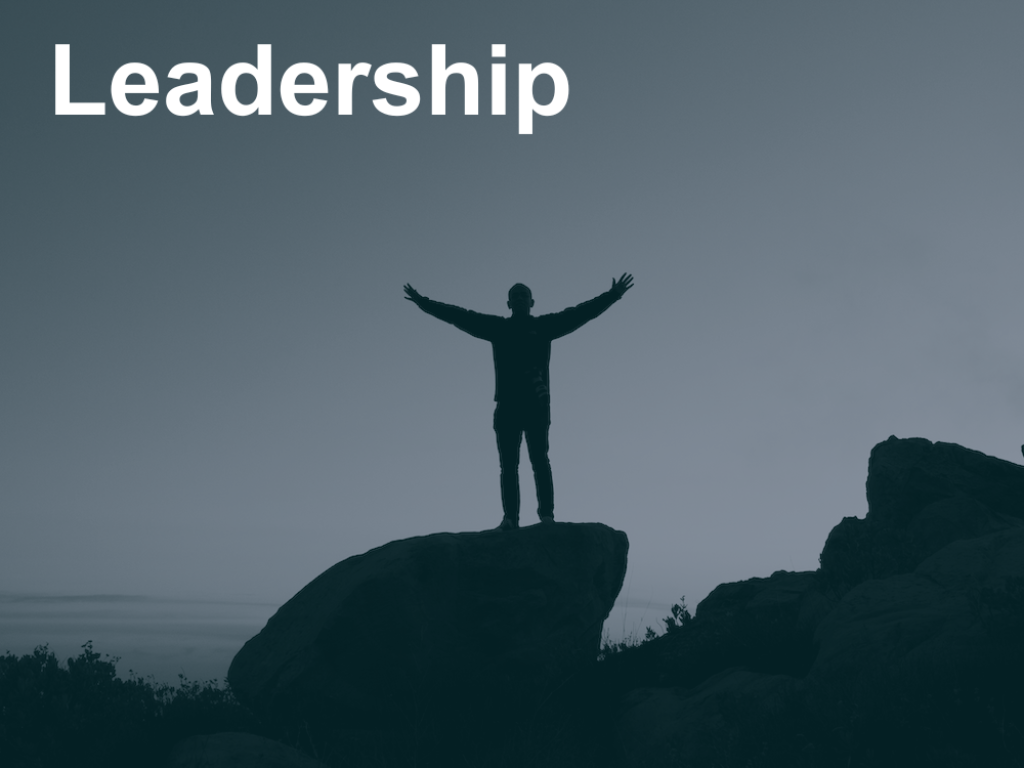Willy Shih, a Harvard Business School Professor asks an interesting question:
“Let’s say your goal is to average 60 miles per hour in a journey across a one-mile bridge,” he said. “Your average speed is 30 miles per hour at the half-mile mark. How fast do you have to go over the remaining half-mile to achieve your goal?”
The most common answer is “90 miles per hour.” But those with backgrounds in engineering and physics immediately recognised the task’s impossibility. After all, to average 60 miles per hour you have to cross the bridge in one minute and you’ve already burned that minute crossing the first half mile.
So what is his point? If you start a year too slowly, at some point it becomes impossible to hit a forecast.
It’s a difficult moment when a company realises that the goals it has set for a quarter or a year are simply not achievable. In today’s difficult economic environment, leaders are encountering that moment with increased frequency. It is at this moment that leaders truly justify their position, because many short-term actions can have devastating long-term consequences, particularly when it comes to innovation.
If you discover that you’re stuck on Willy’s bridge, consider these three tips:
1. Make sure short-term actions to improve profits don’t affect long-term ability to grow. The first instinct of many leaders reduce spend on initiatives that offer no short term payoff, such as early-stage R&D activities. While those kinds of cuts can boost short-term profits, they can slow down a company’s ability to hit longer-term growth objectives.
2. Avoid accidentally triggering a ‘growth-gap death’ spiral. Research shows that the number one reason startups fail is trying to rapidly grow when they are not ready. It is tempting to try to frantically accelerate early stage ideas to fill a short term gap, but that acceleration often leads to an idea collapsing, leaving nothing more than an even bigger gap.
3. Find out how to do more with less. There’s little doubt that short term pressures inhibits investment in innovation. Ironically, this can be a great boon to innovation. As Plato noted, ‘necessity is the often mother of innovation’. Perhaps you have to use SurveyMonkey instead of a market research agency, or Skype instead of video conferencing. The lack of resources and scarcity can sometimes force missing creativity.
Following these tips won’t help you cross Willy’s Bridge at the desired average speed. However, that’s impossible. These tips will help make sure you are ready to confidently stride across the next bridge you encounter.
